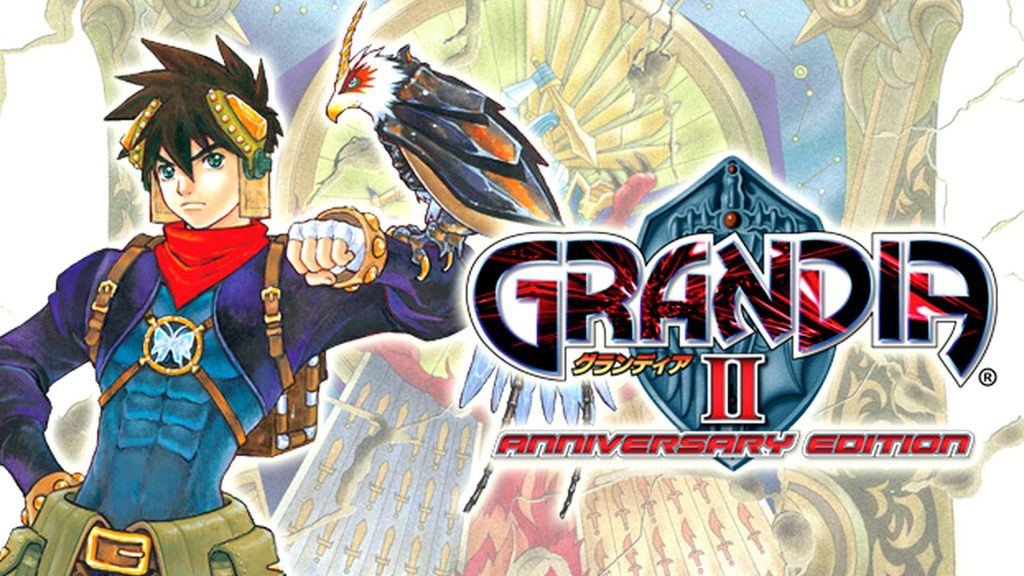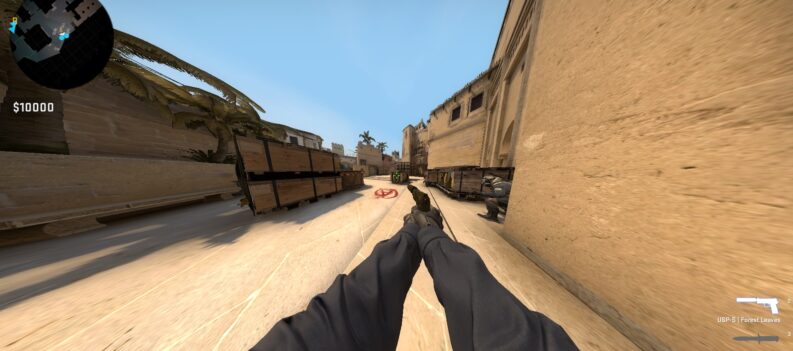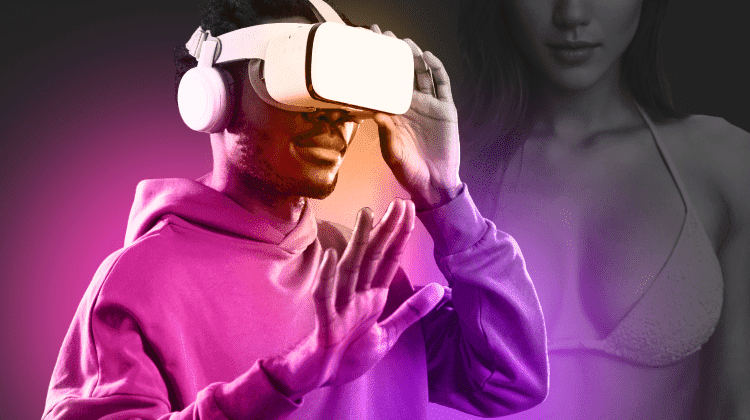
Top 10 JRPGs (NOT From Square Enix)
This top 10 is based on ProJared’s video. Going over the best 10 Japanese role-playing games not made by Square Enix.
Number 10. Wild Arms

Wild Arms is a fascinating game as it’s heavily routed in wild west themes with steampunk themes thrown in everywhere. The music, the world, the characters, but still with a fantasy twist.
The Plot is pretty insane but it’s easier for you to play than for me to explain it. Just know it involves guns, robots, and aliens because why not?
The combat gameplay is pretty straightforward. The Force system is a more unique feature functioning similar to the Limit Break system in FF7.
Only in Wild Arms, you can stock up Force attacks for a more devastating blow. Puzzles are incorporated throughout allowing you to use special items to hit switches or open doors.
While they’re inconsistent they do give a little more to do than just battle. It’s the execution of Wild Arms that make it good.
Perfect difficulty balance and random encounter rates go a long way in JRPG’s. The graphics are hit or miss depending on your preference but there is always the remake on the PS2.
Number 9. Phantasy Star 4

Phantasy Star 4 remains one of the best gains available on the Sega Genesis. While the NES was getting Dragon Quest and Final Fantasy, Sega answered with Phantasy Star.
While most people know the series for the Phantasy Star Online games, the original series was great RPG’s. Much like the other games, Phantasy Star 4 has a unique blend of fantasy and sci-fi elements creating an already unique world which was very different at the time.
The presentation is top notch with large character sprites in the overworld and battle. And the use of comic book style panels for cutscenes is enjoyable to watch.
These show more of the characters emotions and personality than just the dialogue, and the dialogue is already superb. Characters are not just one note tropes either, they have depth and fascinating storylines of their own.
And of course, the gameplay is really good. The animations play out quickly and clearly and some of the monster designs are really cool.
You can also discover special attacks by having some characters use some specific ability after one another, resulting in really devastating attacks. But probably the most useful thing it adds is the macro system.
Random battles are pretty frequent and a party of five can be cumbersome to manage. But you can use custom macros to use set commands automatically.
The Genesis isn’t exactly known for RPG’s but it got one of the best with Phantasy Star 4.
Number 8. Lost Odyssey

It was the last console generation where it seemed like traditional JRPG’s fell into near obscurity. So having Lost Odyssey arrive was a much-needed breath of fresh air from a sea of first-person shooters.
It’s intriguing from the first moment yous tart. Kaim is immortal and Lost Odyssey makes it very clear what kind of hardships come with that.
The game is emotionally gripping throughout. Even more so if you read the 1000 years of dreams, which are short stories hidden throughout the game about Kaim’s past.
The amount of character development this game has is staggering. Jansen annoyed the hell out of me for the longest time but by the end he became related and one of my favorites.
The gameplay itself is not very innovating but again, Lost Odyssey came at a time where JRPG’s were non-existent. It felt like a familiar return to form while being very fun to play.
It uses a Shadow Heart-style ring system to time attacks for extra damage and what is otherwise standard menu-based battles. While it may not bring anything we haven’t seen in RPG’s before, Lost Odyssey does everything so well that it stands on its own.
It’s a standout title in a console generation grossly underpopulated by great RPG’s.
Number 7. Earthbound

Earthbound is a strange anomaly. Upon its release, it got only luke-warm reception and was highly primitive compared to some other games we were seeing.
But as the years passed and standards changed, Earthbound has aged very well. The setting may be its strongest point for this is one of the few contemporary RPG’s sets in a not so fictional world.
You’re not using swords or laser guns. You’re using bats, yo-yo’s, and bottle rockets. Instead of monsters or dragons, you’re fighting crazy people, corrupt cops, and piles of vomit.
There’s a sense of familiarity of buying items you recognize in the real world. Like you almost instantly know what they do in the game.
Very few RPG’s can make a setting like this work. But Earthbound and the whole Mother series nails it.
The most unique feature it has in combat is the use of the hit point meter. When taking damage it begins rolling down and you can react to it before it finishes.
If a character takes a heavy hit that kills them, getting them a heal before it can reach zero can save their life.
The story is goofy, silly, and way too cheesy at times. But it’s underlining tones, great world, and solid gameplay is what makes Earthbound one of the most talked about games to this day.
Number 6. Shin Megami Tensei: Digital Devil Saga

The Shin Megami Tensei universe is an excellent one, it has so many sub-series inside of it. It has the main series, the persona games are well loved, and the devil summoner games.
Because of this, it’s hard to pick a single game to fit into this list. But the honor goes to Digital Devil Saga and let me explain why.
Everything about it feels like an antithesis to a Square Enix game. Everything is far from typical, the entire atmosphere is dark set in a post-apocalyptic world where nothing looks clean or shiny.
The characters become hellish demons in battle instead of being constantly anime pretty. Even the music uses more heavy guitar and grunge songs to fit the mood of the situation.
And it works in its own right. The entire storyline is extremely mature, and by that I mean it deals with mature and disturbing themes handled well.
The characters struggle with the fact that they must eat their enemies to survive. The story ends on a complete cliffhanger so if you enjoyed it you can quickly get the sequel and continue.
The gameplay uses the familiar press-turn system as found in other Shin Megami games. Allowing you to get extra actions by exploiting weaknesses.
This game gets as close to being a Nega-Final Fantasy title as possible. And if Square Enix games are all you’ve played then this game will shock your system completely in a wonderful way.
Number 5. The Legend of Dragoon

Maybe one of the most criminally overlooked games on the PlayStation 1. It was released just a few months before the arrival of the PS2 and it was quickly forgotten, especially by its own creator Sony.
It’s the gameplay that makes the Legend of Dragoon stand out. It uses precise button presses to combo attacks so it’s never a simple swing.
Numerous button presses are always employed. Even when you transform into the Dragoon form, extremely precise button presses are required for maximum effect.
It rewarded the highly skilled while not overly punishing those who couldn’t tell when to press the button. And the combo attacks called additions were enjoyable to use.
Every character got multiple additions and each one could level up individually. Allowing you to focus on a favorite and unlock new additions.
Plus, I’ll never get tired of hearing a character say the addition name at the end. The story is average at best and it really falls apart by the fourth disc.
But it really is the gameplay that makes Dart, Albert, and the others still remember to this day. So much so that Dart was going to be a DLC character for Playstation All-Starts Battle Royale.
Even with that, there’s only been one entry in what could be a potentially huge theory. Thankfully you can easily enjoy this classic right now by downloading it off the PlayStation network.
Number 4. Grandia II

Grandia 2 is a fantastic Dreamcast game and RPG. When it comes to story it’s predictable from right at the beginning.
Really it’ll be nothing you haven’t seen other RPG’s do with a “Save the world” plot. But damn, if it doesn’t have one of the greatest battle systems.
It’s one of the few games that has enemies actually on the map allowing you to avoid battles if you wish to. When in battle you have a meter at the bottom right letting you know when a party member or an enemy is about to act.
If you can hit an enemy while they’re in the “act” portion it’ll cancel their action and send them back on the timeline or do a counterattack for more damage. This adds a layer of depth not seen in most RPG’s.
On top of that, characters have to move into position to attack. So even if you get an action off first you must accommodate for moving up to the target to attack.
This also makes defending one of the most useful options you can use. Again, even more, depth making an outstanding battle system that’s enjoyable for its entire run.
The camera is always swinging around and your characters are always moving making every battle seem very alive. Enix later ported this game to the PS2 and they messed it up.
But play the Dreamcast original and you’re in for a treat.
Number 3. Breath of Fire IV

Breath of Fire is owned and developed by Capcom and the first game for the SNES got publishing assistance from Square and they were pretty good for the time. But it wasn’t until the PlayStation era that the Breath of Fire series really hit its stride with 3 and 4.
Both have fantastic characters, gameplay, and a great story. Both have their own take on the dragon system and bot hare really fun and overall great games.
You could easily go either way which game is better but for this list, I’m going to give the slightest advantage to Breath of Fire 4. The story is what does it for me, showing you the perspectives of the two protagonists.
There’s even a pivotal moment near the end that can give you one of two endings and both are interesting to see play out. And when it comes to the gameplay, I prefer the free rotation and combo system of BoF 4.
Breath of Fire 3 and 4 are equally good, but I’m giving the slightest edge of 4. Both are fantastic with great battle systems and I love the use of sprites in both and the customizable dragon system in each is cool.
If you think 3 should be on here, then you’re right. But so does 4 so you’re not wrong playing either one and sadly the 5th game sucked and made the series go dormant for several years.
Number 2. Skies of Arcadia Legends

Skies of Arcadia was the other great RPG that the Dreamcast had and it got even better with its port on the Gamecube with Skies of Arcadia Legends. Legends fixed the few problems that the old version had like lowering the encounter wait, graphical fixes and load times.
It also adds in a bunch of new gameplay features like side quests, the bounty system, and new discoveries to find in the world. New feature aside, the base game is superb.
You can expect usual RPG gameplay here such as random turn-based battle, buying items, getting XP and leveling up. This isn’t unique on its own but it is extremely solid making it fun to play.
What is unique is the airship battles. Customizing your airships and battling others is extremely cool and is sprinkled throughout the game just enough to add variety without distracting you from its core.
Flying around the world to find discoveries or new islands or dungeons is fantastic. All of the characters are instantly likeable and the sky world is interesting from the getgo.
The story is very engaging even if a bit cartoonish in its simplicity and characters. But it also doesn’t really have plot holes or dull points.
It uses its setting to the fullest and it makes its adventure a memorable one.
Number 1. Suikoden 2

Suikoden 2 is one of the finest RPG’s I have ever played. Everything about it is the pinnacle of excellence.
The music has such a distinct flair to it, and the excellent well-animated sprites make the battles, cutscenes, and exploration a pleasure to look at.
It has your standard turn-based battle with your party of six. But the use of an auto-battle and making several characters move at once makes battles fast paced and the camera movements make it interesting.
And aside from these battles, you’ll also partake in one on one duels and strategy based army battles. These happen rarely but spice up the game in the right ways.
One hundred and eight characters can join your cause but not all of them are for battle. Some will open up armor shops, magic shops, or teleport for quick travel.
But dozens of characters are for combat and every single character is more than just their weapon. Each has a layered personality with relationships with other characters, their own backstories, and side quests to explore.
Some of these side stories feel like full complete stories of their own. And the story is one of the strongest traits of this game.
Unlike other RPG’s it isn’t about a love story or saving the world. It’s a very personal story that’s told on a grand scale.
It isn’t about good or evil, it’s the story of two best friends torn apart by different ideals. Being forced into a war on opposing sides.
They want their friendship back but cannot let that stop them from doing what they think is right. For all the franchises Konami keeps making sequels for, it’s sad to see Suikoden get left in the dust.
It got a remake for the PSP in Japan and sold extremely poorly. The numerous side quests, several characters to recruit, the secrets, mini-games, enjoyable gameplay makes it one of the best games any fan of RPG’s must play.















